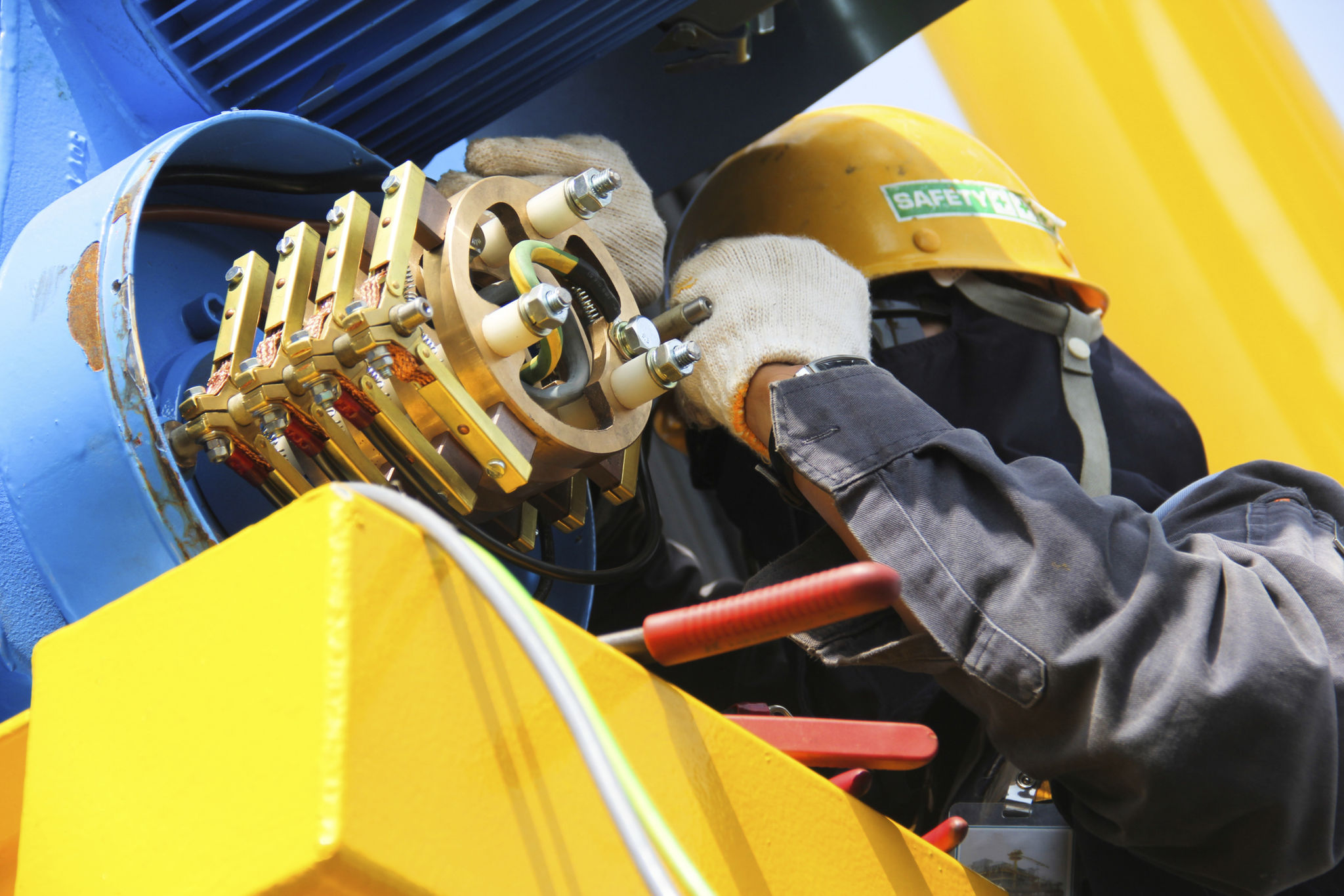Preparing for Seasonal Changes: How to Adapt Your Crane Operations
KM
Understanding the Impact of Seasonal Changes
The crane industry, like many others, is not immune to the effects of seasonal changes. As weather conditions fluctuate, it's crucial to adapt crane operations to ensure safety, efficiency, and productivity. Understanding these impacts can help businesses prepare and mitigate potential challenges.
Seasonal changes can affect various aspects of crane operations, from equipment performance to worker safety. For example, colder temperatures may cause wear and tear on machinery, while increased rainfall can lead to unstable ground conditions. Being proactive about these changes is essential for maintaining operational continuity.

Preparing Your Equipment
One of the first steps in adapting to seasonal changes is to prepare your equipment for the weather ahead. This involves conducting thorough inspections and maintenance checks to ensure all components are in optimal condition. Pay special attention to hydraulic systems, as they can be particularly sensitive to temperature fluctuations.
Consider investing in weather-resistant covers and lubricants designed for extreme temperatures. These small adjustments can prevent mechanical failures and extend the life of your equipment. Regularly updating your maintenance protocols to reflect seasonal requirements will also support smoother operations.

Training Your Team
Equally important is training your team to handle seasonal challenges. Workers should be aware of how different weather conditions can affect their operations and be equipped with the knowledge to respond appropriately. This includes understanding how to operate cranes safely in adverse conditions such as snow, rain, or high winds.
Conduct regular training sessions that simulate different scenarios your team might face during seasonal changes. Emphasizing safety protocols during these sessions will foster a culture of safety and preparedness among your workforce.

Optimizing Operational Strategies
Adapting crane operations for seasonal changes isn't just about equipment and safety; it's also about optimizing your operational strategies. Consider adjusting work schedules to take advantage of daylight hours during shorter winter days or planning for potential delays due to weather disruptions.
Implementing a flexible work strategy can help accommodate unpredictable weather conditions, allowing teams to work efficiently when conditions are favorable and stay safe during adverse weather.
Utilizing Technology
Technology can play a significant role in adapting crane operations for seasonal changes. Weather forecasting tools and apps can provide real-time updates, helping you plan operations more effectively. Additionally, investing in remote monitoring systems allows for continuous oversight of equipment performance, reducing the risk of unexpected breakdowns due to harsh weather conditions.
By leveraging technology, you can enhance decision-making processes and improve response times to changing weather patterns, ensuring a seamless transition between seasons.

Conclusion: The Importance of Proactive Measures
In conclusion, preparing for seasonal changes in crane operations requires a multifaceted approach that encompasses equipment maintenance, team training, operational adjustments, and technology utilization. By taking proactive measures, businesses can not only maintain productivity but also ensure the safety and well-being of their workforce.
Ultimately, the key to successful adaptation lies in understanding the potential impacts of seasonal changes and implementing strategies that address these challenges head-on. By doing so, you can keep your operations running smoothly year-round.
